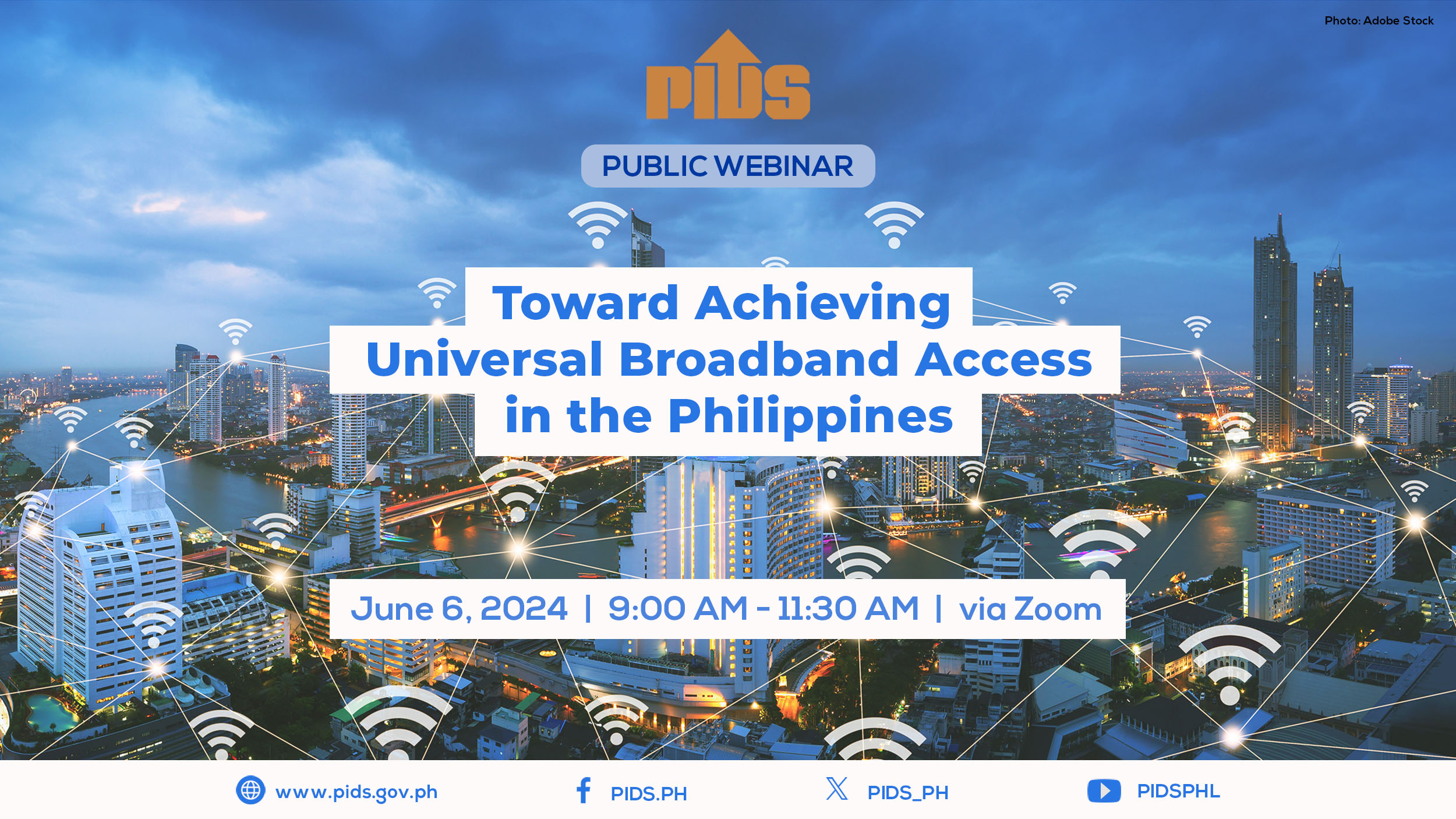The government is exerting effort to improve the access of ethnic groups to education, especially those who are in Mindanao, according to Philippine Institute for Development Studies President Celia Reyes.
Reyes said there is a need to reexamine the inequality of education among indigenous peoples (IPs) across the country, especially those in Mindanao, to identify their needs and help the government come up with appropriate interventions that would equip them with the skill set required in the era of new globalization.
Philippine Institute for Development Studies (PIDS) president Celia Reyes said that the government is improving education access especially in Mindanao.
“One of the drivers of New Globalization is the Fourth Industrial Revolution. For us to be able to take advantage of the advances of modern technologies, we need to have a well-educated workforce, those who can easily adjust to new technologies,” she added.
Reyes, citing her Inequality of Opportunities among Ethnic Groups study, said Mindanao ranks low in terms of enrolment rates in basic education, literacy and school completion (from Grades 1 to 6), while it ranks high in terms of school dropouts.
“Regions 9, 12 and the Bangsamoro Autonomous Region in Muslim Mindanao (BARMM) exhibited the lowest net enrolment rates in elementary and secondary education in 2017. The net enrolment rate in Region 9 is 90.3 percent, 91.9 percent in Region 12 and 72.6 percent in BARMM,” she added.
The study showed that the net enrolment in elementary schools is higher than in the secondary level.
According to Reyes, one possible reason for this is that secondary education is costlier both in terms of direct costs such as fees and transportation cost and opportunity costs, as older children could already be sent to work to help augment household income.
She noted that Regions 9, 10 and BARMM had the lowest completion rates in basic education and the highest dropout levels compared to other non-IPs across the country.
Reyes said the expansion of the coverage of the Pantawid Pamilyang Pilipino Program (4Ps) to include children in secondary education is one of the government interventions that seeks to solve the inequality in education among IPs.
“We were happy when the Department of Social Welfare and Development took note of our recommendation to expand the coverage of the 4Ps. Dati kasi naka-focus lang siya (Before it was focused only) on children in elementary [school], but we pointed out that the problem really is in accessing education in the secondary level, especially now that we have senior high school under the K to 12 program,” she added..
Another government initiative to improve IP education is the Indigenous Peoples Education Program Support Fund of the Department of Education.
The program aims to address learning needs of IPs who lack access to basic education services, as well as make school curricula culturally responsive to the specific community context of IP learners, and capacitate teachers, school heads and other concerned players in implementing culture-based education for IPs.












